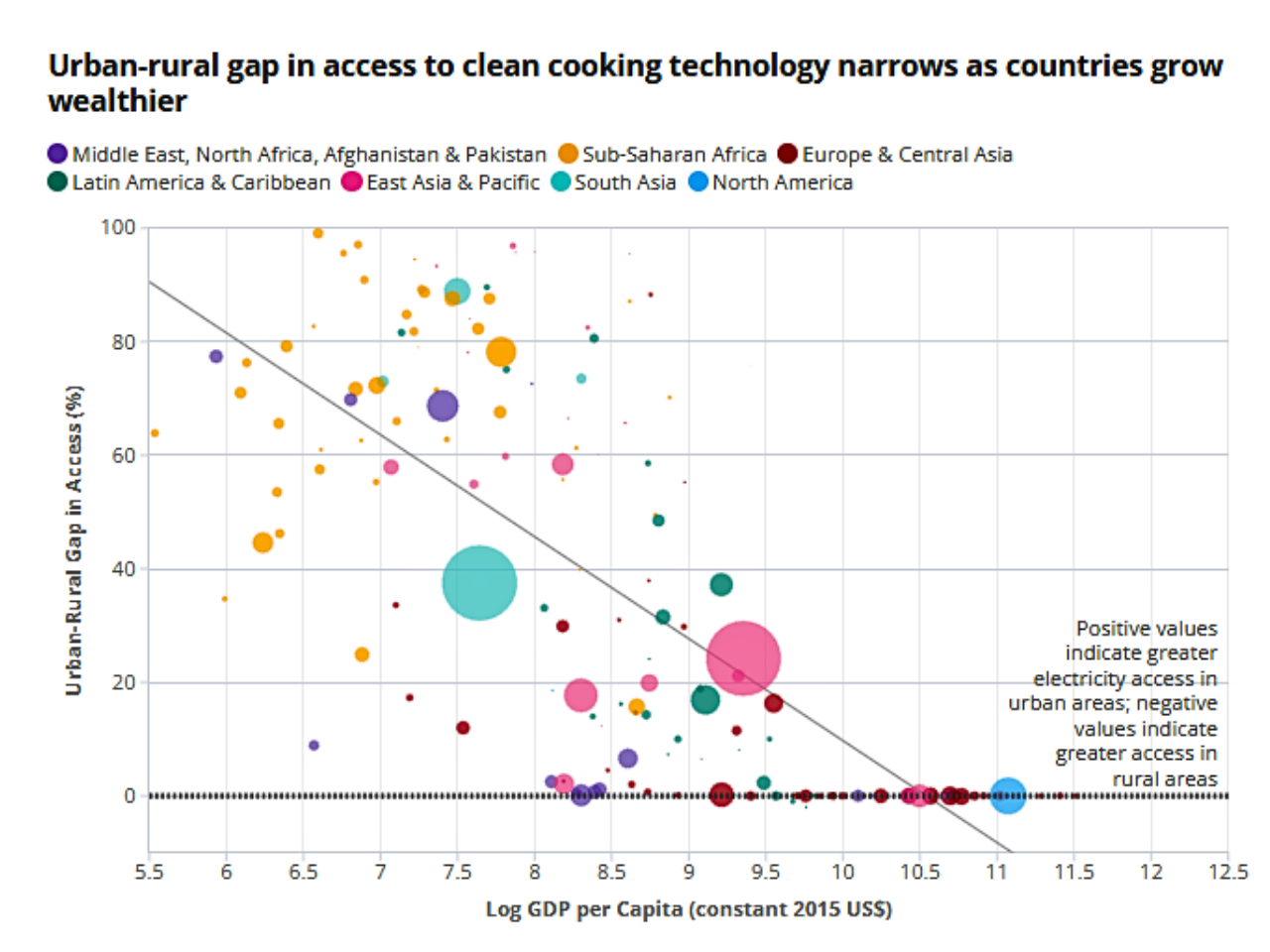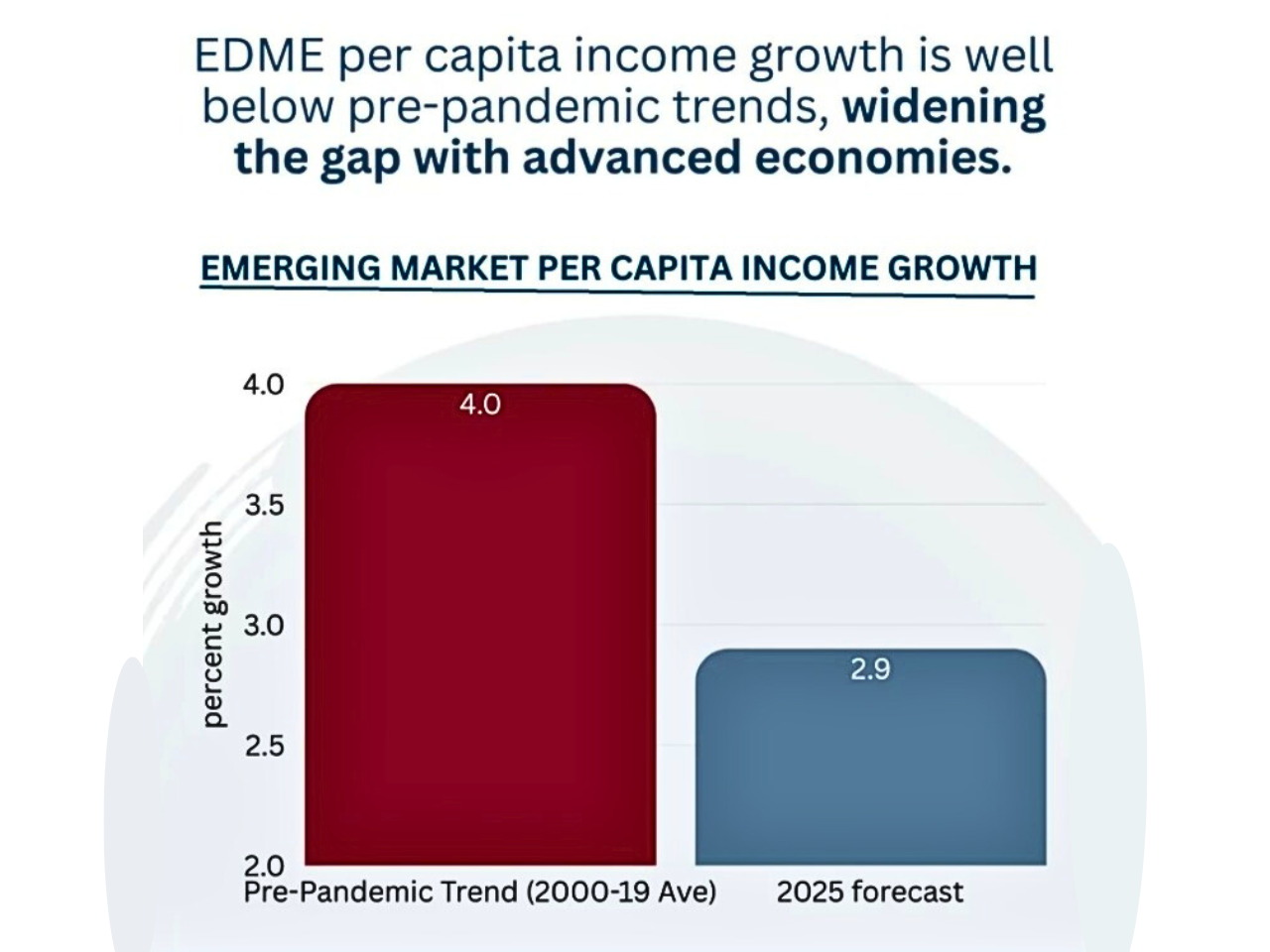Rural Areas Left Behind: 44% of World Lives Without Access to Basic Necessities
Over the last sixty years, the world has encountered dramatic demographic change. Since 1960, the percentage of people living in rural areas has steadily declined due to the expansion of cities and the overall advance and speed of urbanization globally. In 2008, the majority of the world lived in rural areas while they maintained their lives, but without warning, worldwide populated urban areas dramatically increased their majority share. However, rural areas can still claim approximately 3.44 billion residents, near 44% of the world. Due to rapid urbanization among different countries. In spite of growing cities, rural communities are still struggling hard, especially with poverty and lack of infrastructure facilities.
Nearly 80 percent are facing extreme poverty, living on less than $2.15 in a day. Towards development in rural areas, they must have access to basic needs like clean water for drinking and cooking, proper electricity, and decent home appliances. Providing long-term investment infrastructure will reduce inequality and enhance equity and productivity, and creating employment opportunities will raise high wages. But currently in rural areas people are unable to get all these services; they cannot even afford tap water facilities for drinking, and they spend more on buying water bottles. The aspect of having clean drinkable water affects these disparities. Safe water is important for health, and consistently, rural populations are disadvantaged in this regard over their urban peers.
As per the report, comparing both rural and urban residents for having safe water availability, it is 81 percent for urban and 62 percent for rural. The gap is widest in poor countries. In 2021, fewer than 15 percent of those in rural areas had access to safe water, as opposed to less than 60 percent of city dwellers. Less affluent middle-income nations have been improving. Rural safe water access in lower-middle-income nations, for example, rose from 34 percent in 2000 to 63 percent in 2022. In addition, with rural safety access catching up to urban access, urban populations are already relatively high. In high-income countries, there continues to be a small gap as well; almost one in ten rural residents are without access to safe drinking water per population sample in high-income countries. However, almost 100 percent of urban residents have access to safe drinking water.
Free Membership Register

While the number of people without access to electricity globally has been cut in half from 1.25 billion to roughly 618 million over the last twenty years. Many regions, including South Asia, East Asia and the Pacific, and Latin America and the Caribbean, have made substantial headway, with rural areas quickly reducing the gap to urban areas. Sub-Saharan Africa is still the most underserved region. The energy access divide is a shared concern for many of these developing or middle-income nations and should be viewed with increasing concern based on their importance to household utility, productivity, communication, and economic development. The case of clean cooking technologies is worse. LPG, biogas, solar stoves, and electricity are substitutes that employ clean cooking fuels and minimize bad indoor air pollution to ensure health and safety. Access in rural areas increased from 24 percent in 2000 to 54 percent in 2022 on a global level, bridging the gap in most regions, such as South Asia, East Asia, and Latin America. Sub-Saharan Africa is the exception. Bridging these infrastructure gaps is important for more than convenience.
Having access to clean water means that there are significantly fewer diseases that cause death, electricity allows for the basis of education and economic production, and cleaner cooking methods provide over millions with a resolvable means of protection from respiratory disease. Compared individually, these services also not only form the basis of sustainable development, but increasing them in rural areas significantly decreases poverty, promotes the economy at the local level, and improves availability for the right opportunities for rural and urban societies. As the globe becomes increasingly urbanized, there is a very real risk that rural communities are going to be left behind. In order to address the global development objectives, including the Sustainable Development Goals (SDGs), the world governments and international institutions must plan and develop infrastructure in rural regions as well as effectively attain universal access to clean water, clean power, and advanced technology for cooking. It cannot say that we can truly be fair when humanity's success hinges on achieving cleaner, higher-quality living, and full populations espouse healthier, more prosperous, and more inclusive societies.
Latest Explained
Philippines' Aging Population Set to Double by 2050: Can the Country Keep Pace?
The Philippines is in demand for a demographic change that will reopen the priorities of its economy, society, and public policy. The number of old Filipinos is expected to double by the year 2050, which creates pressure on the nation’s health care systems, elderly care services, and pension schemes
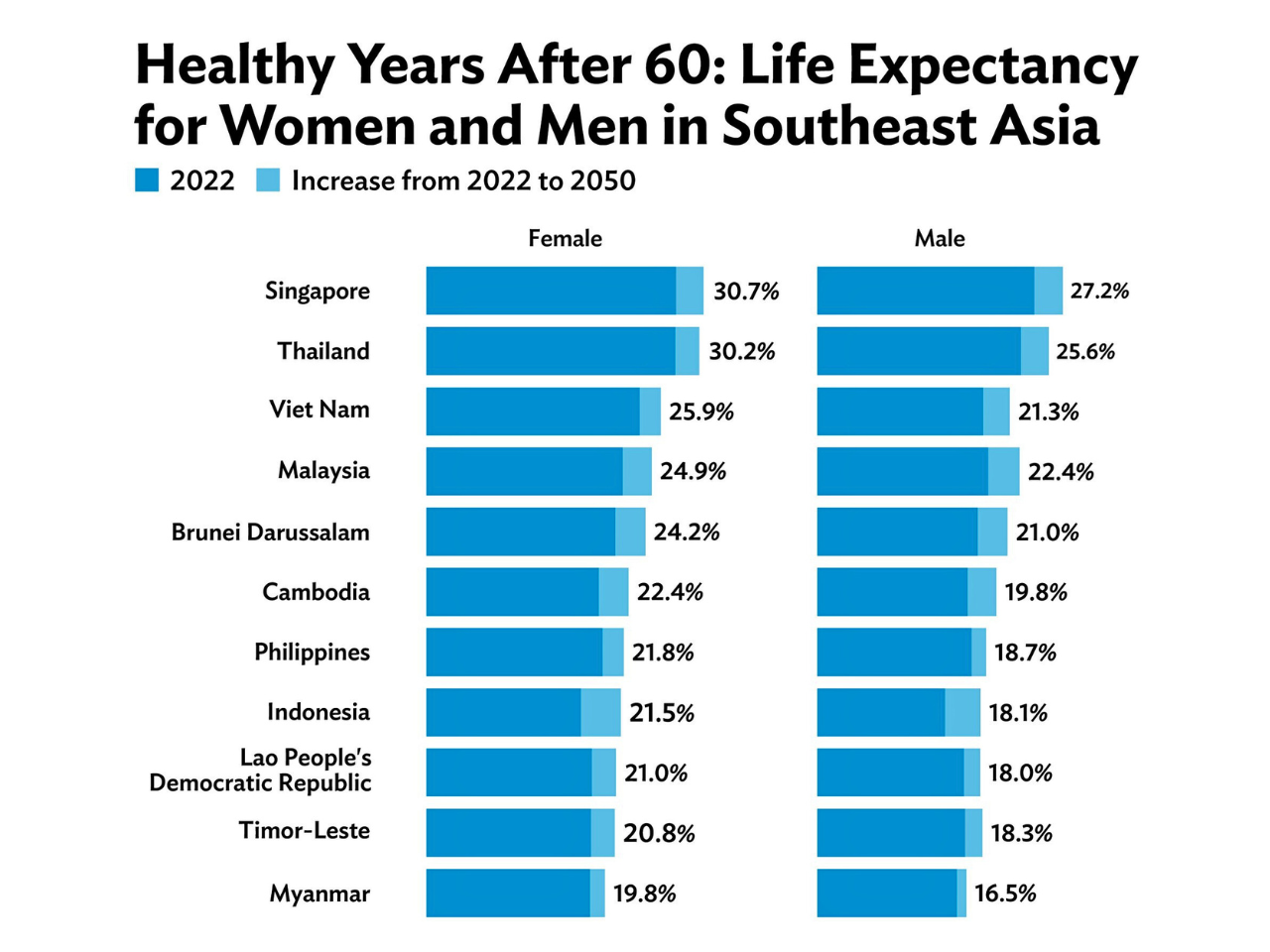
Climate Change Threatens Global Health & Poverty: Urgent Action Needed
Climate issues such as heat stress, diarrhea, malaria, and hunger can cause 250,000 deaths a year between 2030 and 2050, which challenges an important frame of adaptation. The fee, including only health systems and other areas such as agriculture and hygiene, is expected to reach USD $2 to 4 billion annually by 2030. The countries most at risk will be those that are developing countries, as they will have further weakened health systems
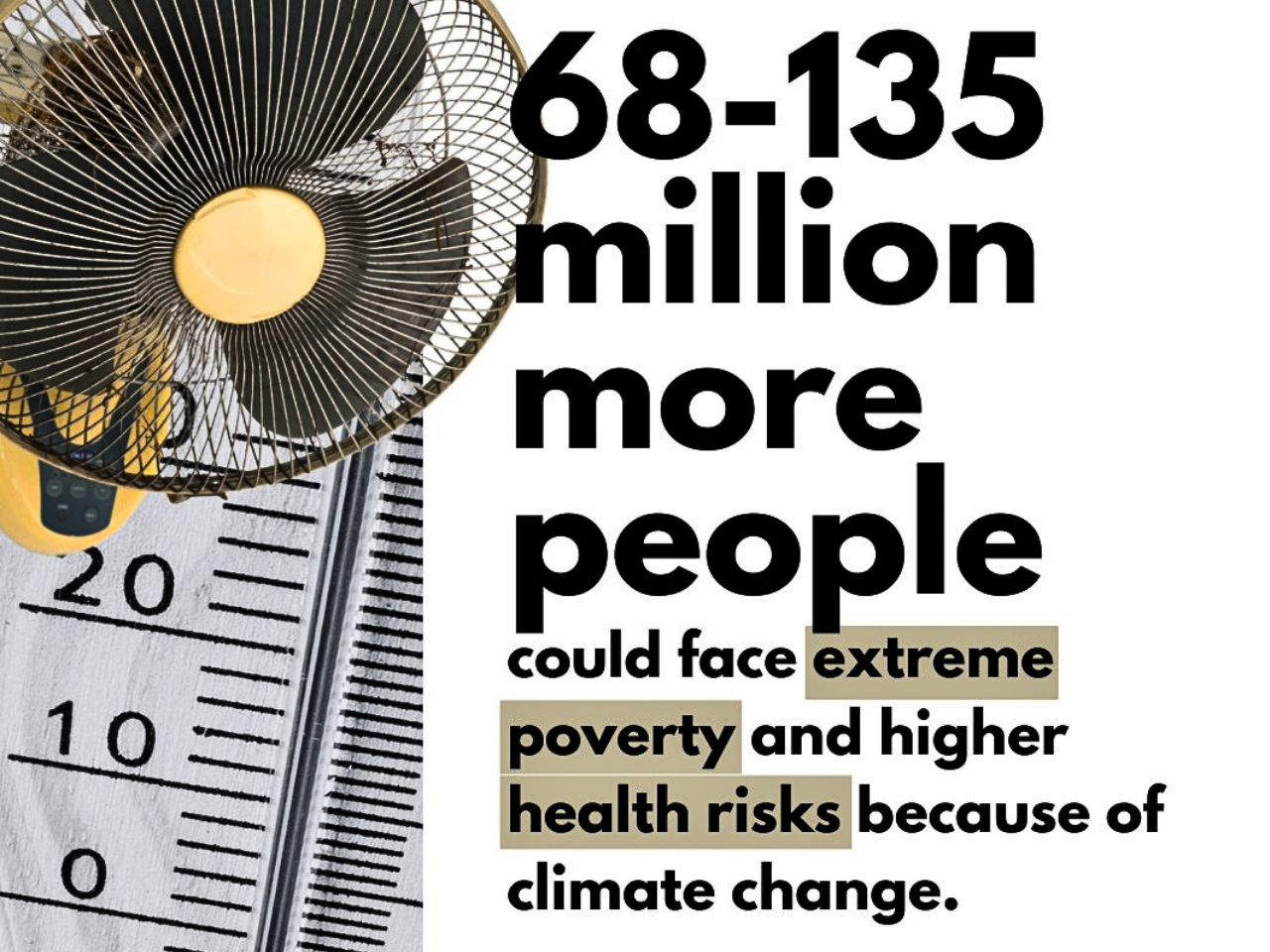
The Rising Cost of Nutrition: Can everyone afford a healthy diet?
The (SOFI) report of 2025 says that low-income nations, especially those in Sub-Saharan Africa, need to become a global movement towards more affordable, healthy diets. Based on the report, even if the global average price of a healthy meal increases to $4.46 per individual per day in 2024, only 48.8 million fewer individuals would still not be in a position to afford it, leaving close to 2.6 billion individuals in poverty
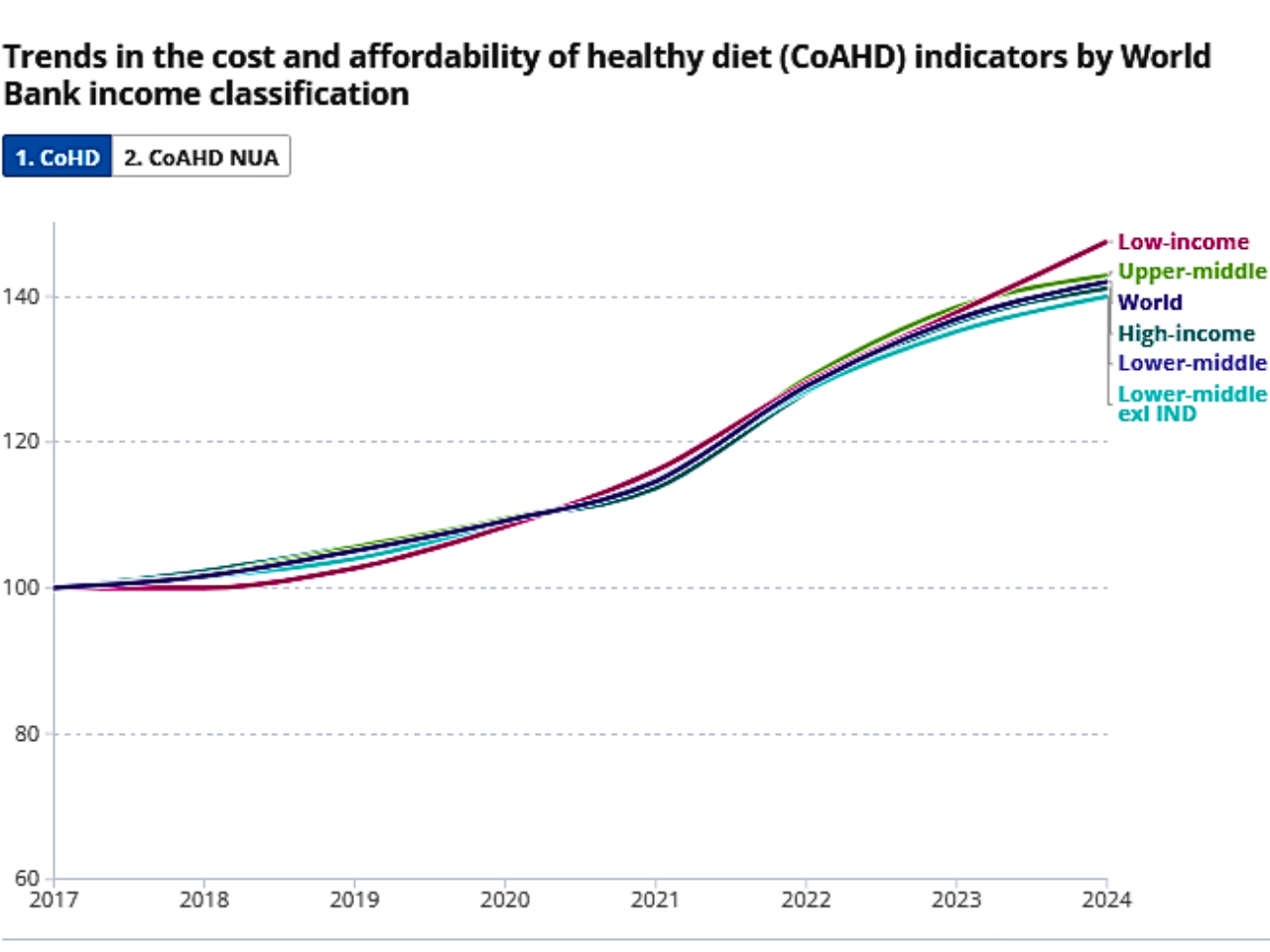
Blended Finance: Bridging Fragmented Aid and Development Needs
The International Development Association (IDA), sees more than 90% of its financing go through national budgets and gets each donor dollar to translate into $3 to $4 in tangible results, representing the importance of scale and management
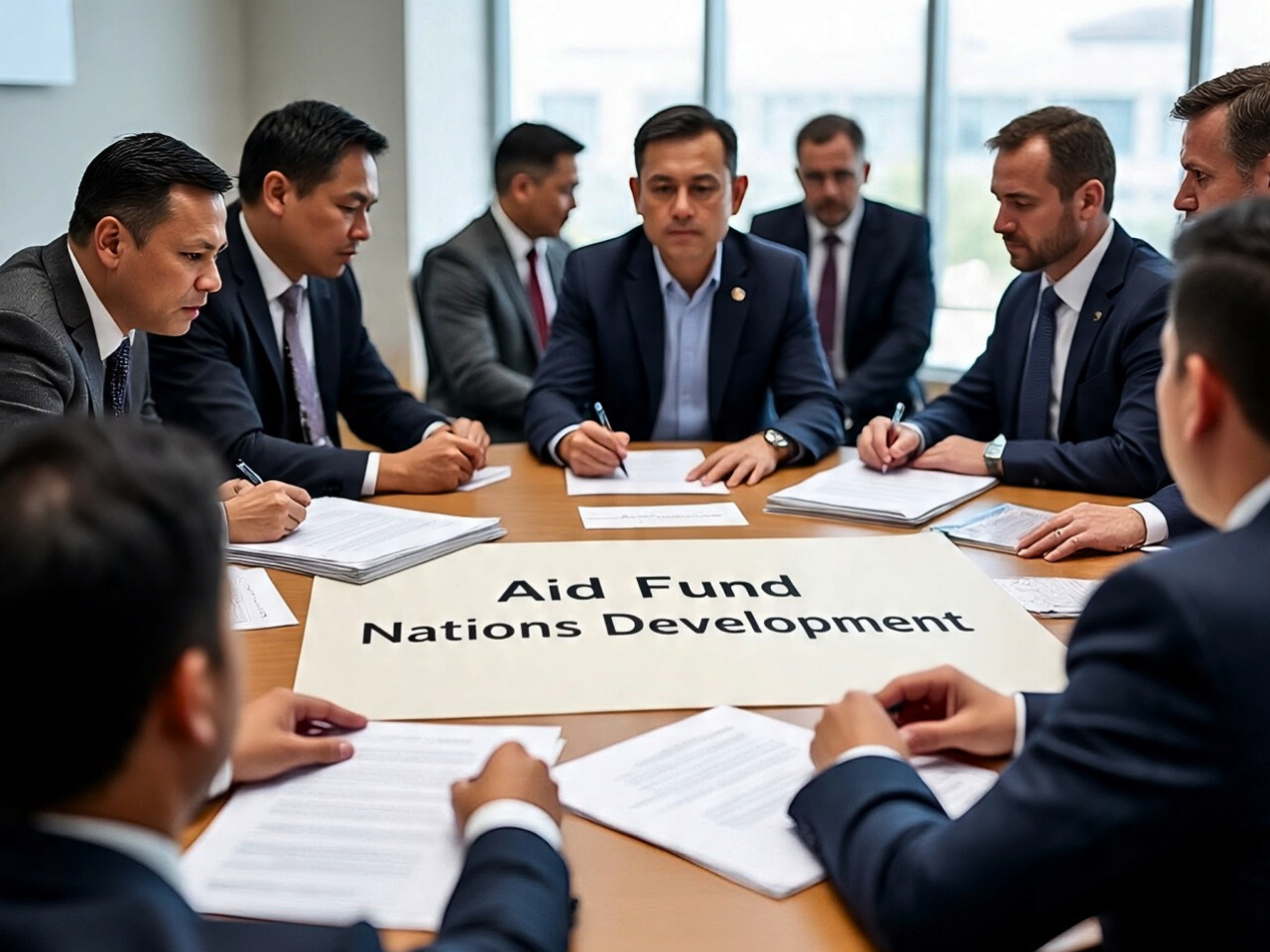
Economy growing fast, but youth employment isn't keeping up
Youth unemployment remains high across many pats of Asia and the Pacific unemployment rates, 2025. Young people are willing and able to work but do not get jobs; they face many struggles and obstacles in the world


